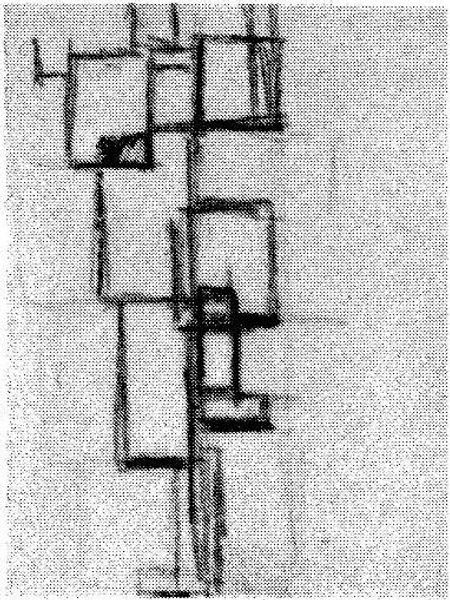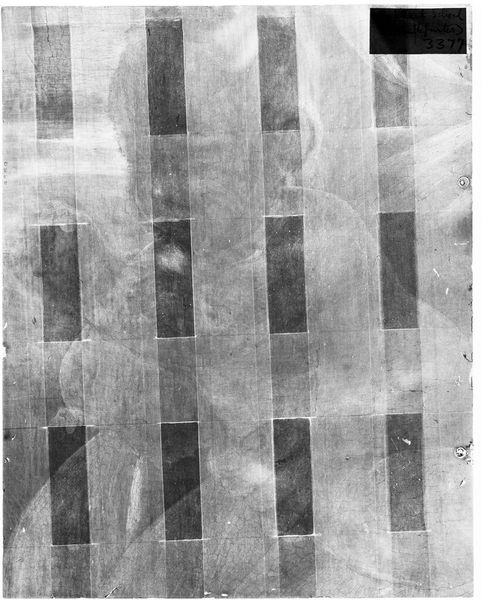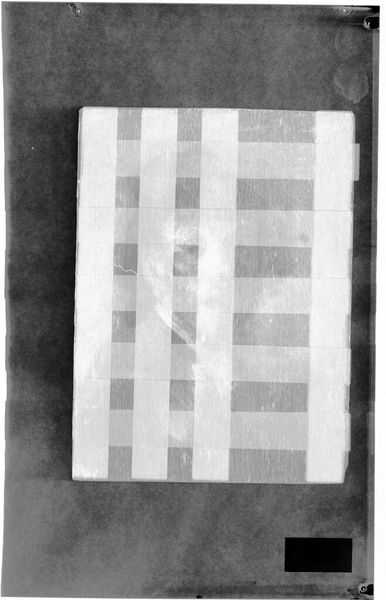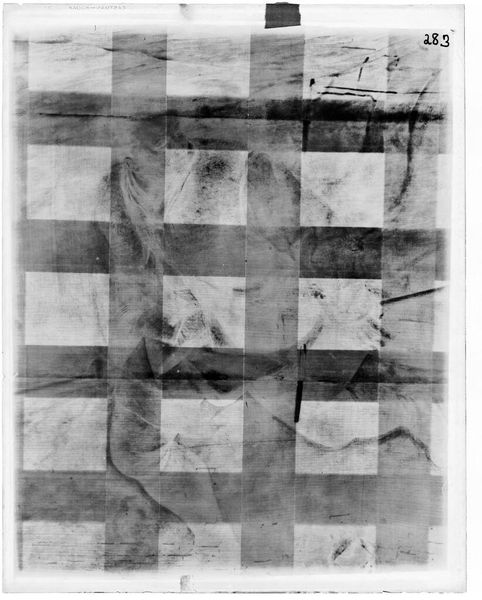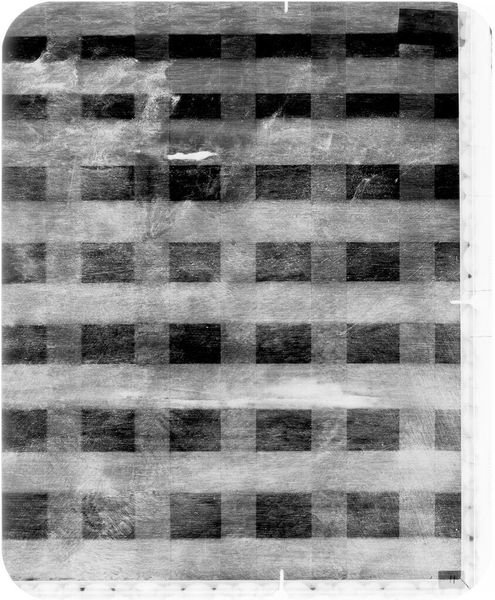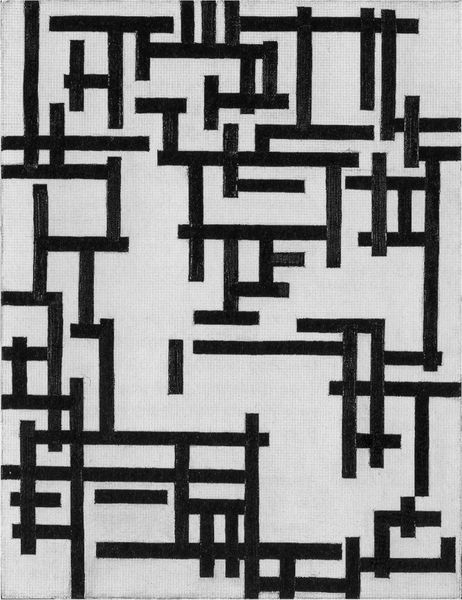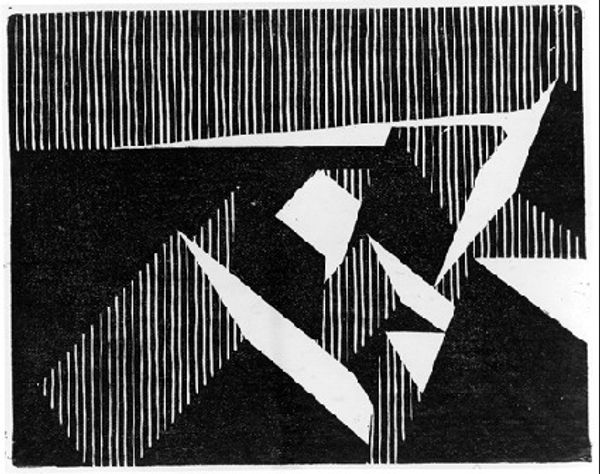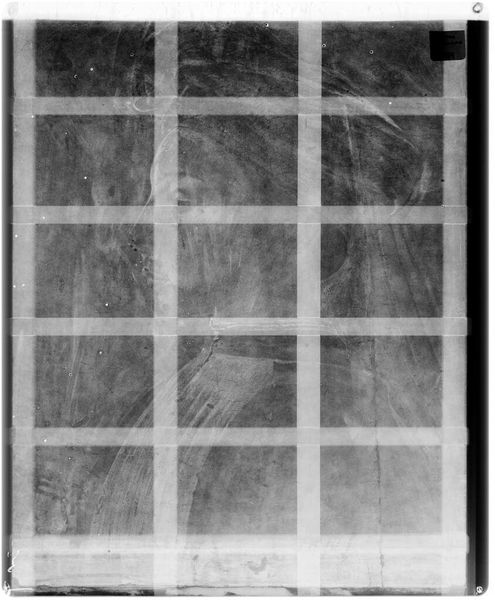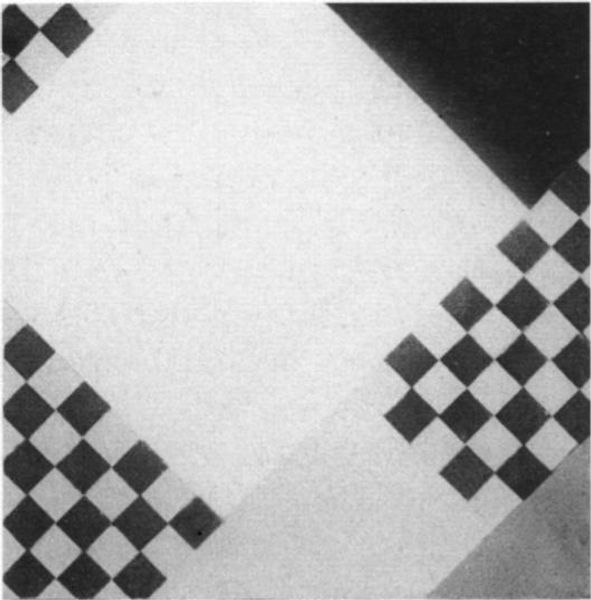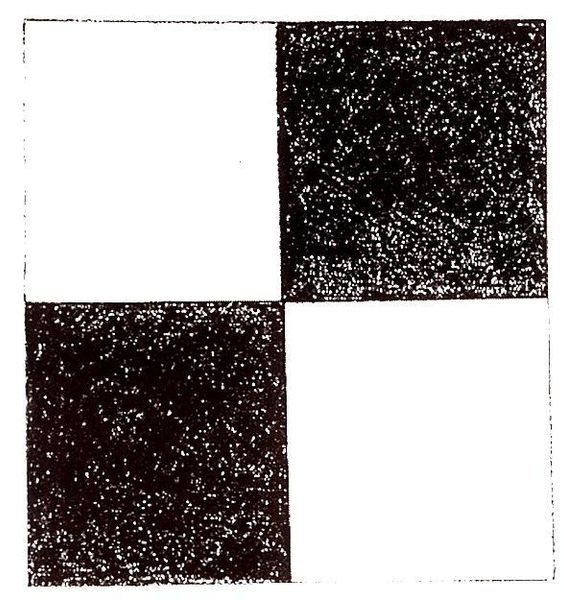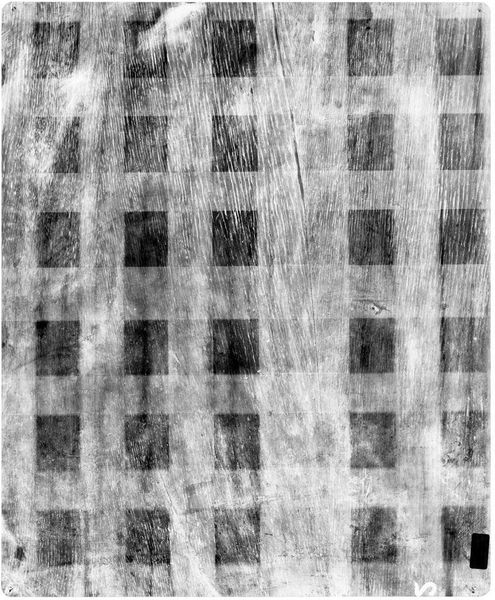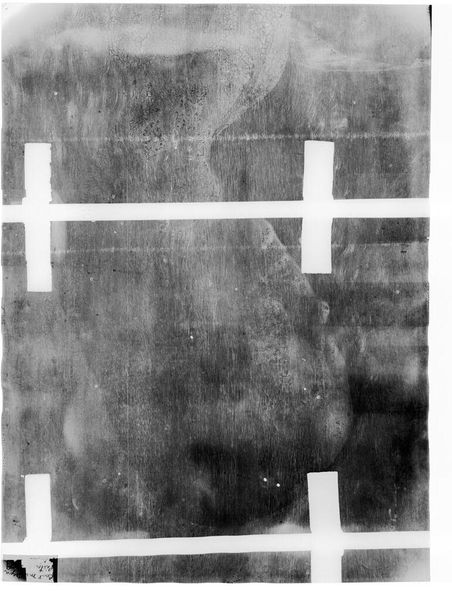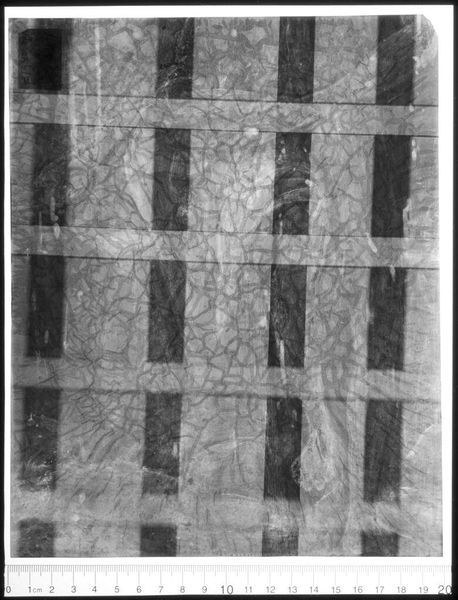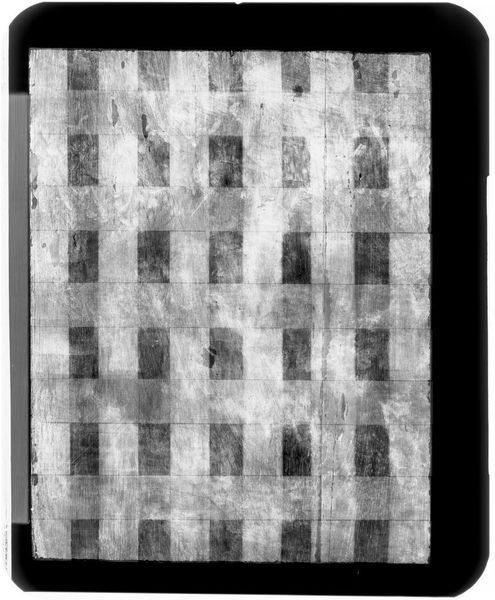
oil-paint
#
de-stijl
#
oil-paint
#
pattern
#
geometric
#
abstraction
#
monochrome
Copyright: Public domain
Curator: Here we have Theo van Doesburg’s "Composition VI (on black fond)," created in 1917 using oil paint. What are your initial thoughts? Editor: Stark and resolute. The geometry imposes a powerful sense of order on the canvas; but how do these stark rectangular forms operate beyond surface appeal? Curator: Looking closely at these blocks, consider the impact of his De Stijl philosophy. Van Doesburg restricts himself to monochrome color—black, white, and grey. Note also how he eschews diagonal lines in favour of verticals and horizontals. What does this abstraction of form and color achieve? Editor: I think about what such reduction means in practice. This is not a simple, passively chosen colour. We see labour. He grounds color selection with purpose to shape an unornamented surface. Curator: Precisely! He challenges representational art, moving instead toward pure, abstract form and the fundamental geometric principles behind visual art. What strikes me most is its overall equilibrium and its radical departure from conventional approaches of painting during his era. Editor: While you analyze the intellectual and the stylistic break, I'm wondering: Where did he obtain the raw material and pigments? What were the labour conditions like for painters in the 1910s and what effect do economic struggles of WWI and social environment have on Van Doesburg's artistic decisions. It looks "effortless" and simplified; there is much material making it up beyond form alone. Curator: Your material reading offers insightful observations to Van Doesburg’s motivations. From an analytical point, the asymmetrical arrangement and subtle interplay among rectangles generate energy while affirming order. This juxtaposition invites contemplation of relationality itself. Editor: Seeing the hand within these pieces, one becomes acutely aware about labour involved to extract those blacks, greys, and whites we gloss as “monochrome." Thanks, examining Van Doesburg’s processes offers crucial insights which reshape assumptions of artistic composition. Curator: Indeed, by deconstructing formal languages coupled with contextualized understanding from sources/techniques applied reveals depths hidden beneath initial perceptions regarding this artwork--which deepens the resonance.
Comments
No comments
Be the first to comment and join the conversation on the ultimate creative platform.
